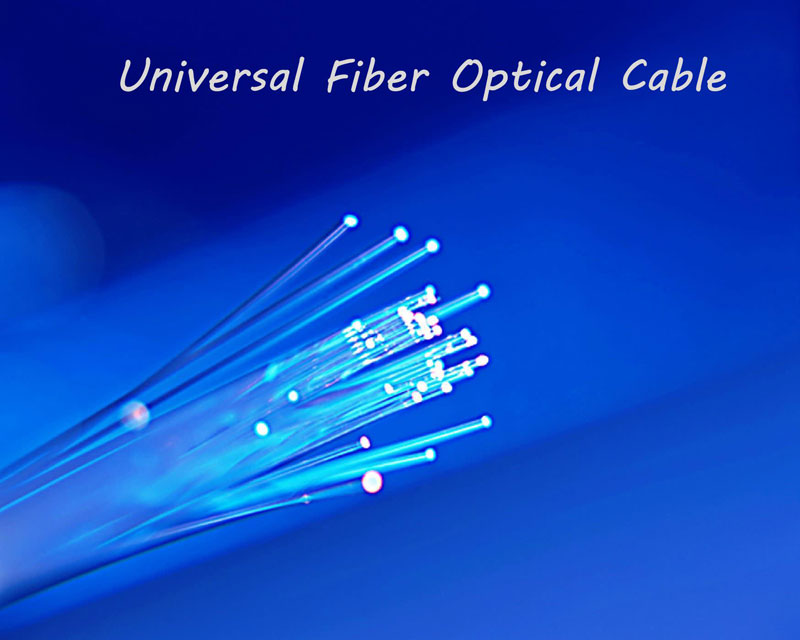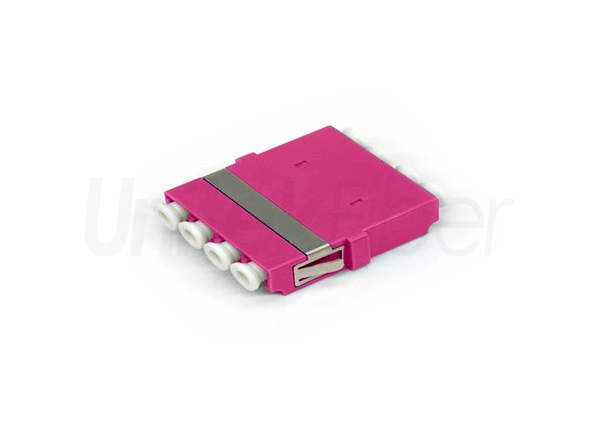

Low-cost light sources make multimode fiber the most cost-effective solution for short-distance transmission. However, due to the short material (850nm) high material dispersion, the increase in fiber bandwidth cannot further increase the transmission capacity and transmission distance. The evolution to long wavelengths and the use of wavelength division multiplexing can increase the transmission capacity of a single fiber by 4 times. Based on this, the introduction of quasi-single-mode transmission can greatly increase the transmission distance of the fiber. Combining the advantages of single-mode fiber and multi-mode fiber in the same fiber, it is a new type of single-mode and multi-mode fiber.
Quasi-single-mode transmission is a method that injects most of the energy into the basic mode of a multi-mode fiber, and can maintain the quasi-single-mode transmission state over a long distance, so that the multi-mode fiber can achieve the transmission performance of the single-mode fiber. The core layer of single and multi-mode general-purpose optical fiber adopts a parabolic refractive index profile. It can achieve excellent bandwidth performance in the 850nm to 950nm band, meet the bandwidth requirements of OM5, and have low cost and low cost in short distance transmission. Advantages of power consumption; meanwhile, it adopts anti-bending structure design, which has excellent bending insensitivity performance.
In addition, the most typical feature of this fiber is that the core diameter of the fiber has been reduced. The core structure design is optimized for the mode field diameter of the basic mode to match the mode field diameter of the standard single-mode fiber of the single-mode transmission system. The quasi-basic mode transmission reduces the interference of multipath crosstalk on the signal during coupling, and can achieve higher speed and longer distance transmission.
The bandwidth of the single-mode and multi-mode general-purpose fiber in the wavelength range of 850 to 950 nm meets the OM5 standard requirements. It supports wavelength division multiplexing technology and can perform high-speed transmission of 100Gb/s and above. The fundamental mode mode diameter of this fiber at 1310nm is about 10.3um, which is similar to that of single-mode fiber, and it can support single-mode transmission of 100G and above from 1270 nm to 1330 nm.
Application prospects of Universal Fiber
The multi-mode transmission system has low cost but short transmission distance, and the single-mode transmission system has long transmission distance but high cost. Both have their own advantages and disadvantages. In the current situation, it is reasonable to use multimode fiber and cheap VCSEL light source for short-distance network construction. However, if the network needs to be further upgraded to a wavelength of 1310nm, it needs to be transformed into a single-mode transmission system and re-lay single-mode fiber Optical cables or laying single-mode and multi-mode optical fiber hybrid cables will greatly increase investment costs, and the mixed use of single-mode and multi-mode optical fibers will also increase management and maintenance costs.
Single and multi-mode general-purpose fiber is compatible with multi-mode fiber and single-mode fiber. It excels in single-mode and multi-mode transmission. It can cover various application scenarios and upgrade requirements for data center transmission, which can reduce network operations and future bandwidth upgrades The cost of transformation is a practical transmission scheme.



